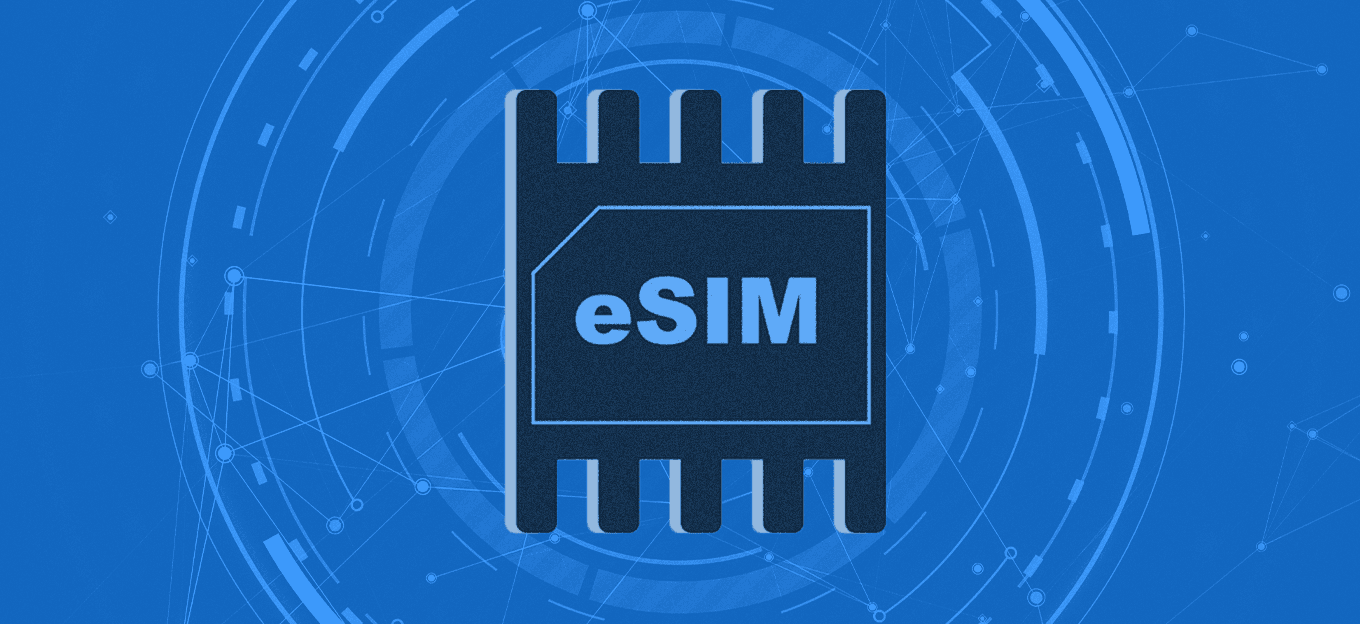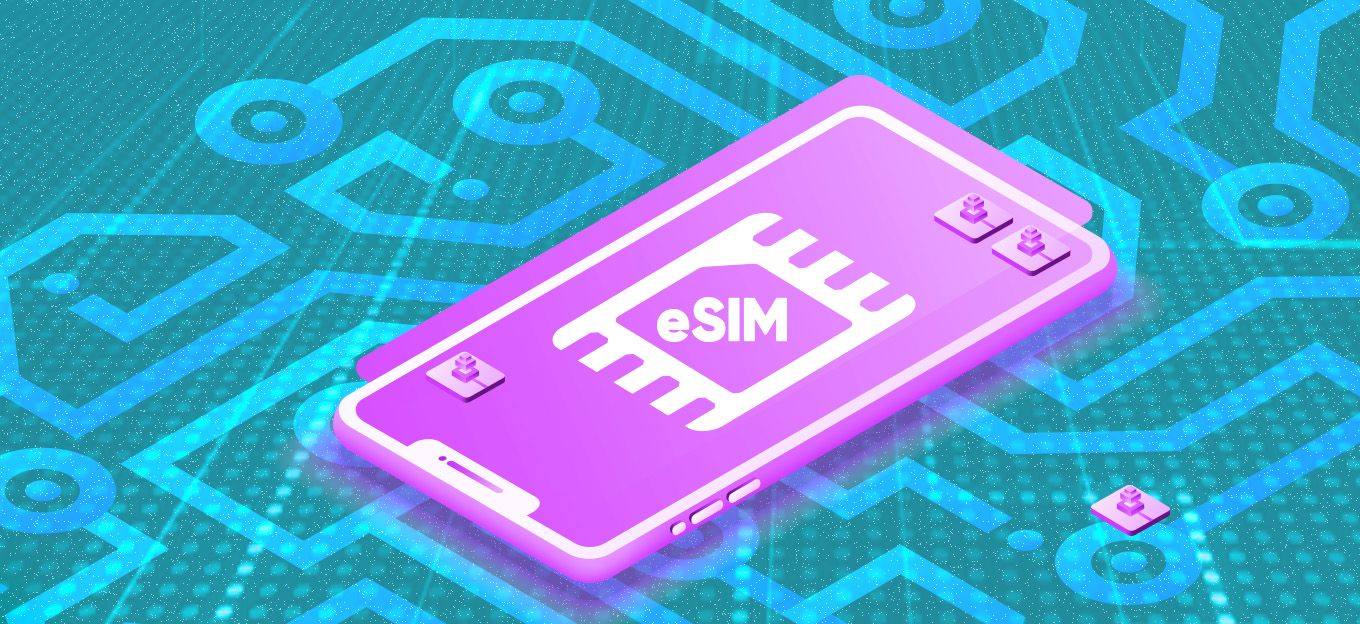Accelerating Grid Modernization: 5 eSIM Benefits for C&I Utilities
Accelerating Grid Modernization: 5 eSIM Benefits for C&I Utilities
- Last Updated: November 11, 2025
Kigen
- Last Updated: November 11, 2025



The utility and energy sectors have some of the most demanding requirements for communications of any industry. Operators steward national infrastructure where every decision must balance safety, continuity, and cost. Estates combine proven assets from decades with new deployments, often across purpose-built systems that weren’t originally designed for today’s data needs demands
In this piece, we focus on the disruptive developments reshaping energy management—and show how building security, identity, and trust into telecom design with IoT eSIMs creates a durable foundation for grid modernization in the commercial and industrial (C&I) segment.
What’s driving the IT/OT connectivity overhaul in utilities?
Distributed Energy Resources (DER). Generation, storage, and control are moving from a few large plants to 10x–100x more locations—solar, wind, battery sites, and thousands of EV charging points. These assets must interconnect with the main grid and with low/medium-voltage microgrids. The result is a sharp rise in connected devices, event data, and control messages over wide areas and inside challenging environments like warehouses and plant rooms. 4G/5G cellular (including sub-1 GHz) is becoming essential where fibre or legacy wireless cannot reach or scale.
Field Area Networks (FAN). FANs tie together distribution assets, substations, pumps, depots, and worksites for asset monitoring, fault diagnostics, metering, and resilience against extreme weather. Many operators are consolidating historically separate systems into a unified FAN to reduce costs and run operations under one pane of glass.
AMI 2.0. Smart metering now spans C&I and residential customers, with sensors for voltage, pressure, and flow. AMI 2.0 supports outage risk reduction, customer insight, loss reduction, and digital channels. Sub-1 GHz coverage helps place sensors in basements, pipes, and beneath roadways—key for reliable data in dense or complex sites.
Distribution Automation (DA). Medium/low-voltage grids are being instrumented for real-time optimisation. DA collects frequency, voltage, and current, then automatically adjusts based on loads, generation status, and failures—often using insight from AMI. The aim is to shrink service disruptions from minutes to seconds.
Tele-protection. Protective relays for high-voltage equipment need sub-10 ms latency to isolate faults and reroute power. Communications here are safety-critical and must integrate with the broader data fabric without compromising response.
These programs form the foundation for digital twins and AI. They depend on a communications layer that is resilient, secure, and operationally simple at scale.
How do IoT eSIMs support utility goals for grid modernization?
1. Multi-network resilience by design (policy-driven failover)
An SGP.32 eSIM lets each device carry multiple connectivity profiles—two public operators, a private LTE/5G profile, and even satellite where justified—on a single embedded UICC. With a certified eSIM IoT Manager (eIM), utilities set business policies for preferred networks and performance thresholds (latency, loss, signal quality). Devices then automatically switch between networks when conditions change. This delivers continuous service for AMI 2.0 collectors, DA controllers, C&I meter gateways, and substation systems without truck rolls or SIM swaps—vital during storms, maintenance windows, and growth phases.
2. Secure identity as a lifecycle control-plane (eSIM/iSIM + IFPP)
Treat connectivity credentials as a trust anchor. Using SGP.32 for remote SIM provisioning and In-Factory Profile Provisioning (IFPP; SGP.41/42), utilities can bind devices to private and public profiles at manufacture and then rotate, attest, or fail over in the field. IFPP compresses deployment schedules, reduces site risk, and enforces a clean chain of custody from factory to field. The supply chain is available today—for example, smart metering and grid-edge devices are already shipping with 5G multi-network options—so utilities should ask for IFPP in procurement and start trialling it now.
3. Private networks done right (spectrum and device strategy)
Private LTE/5G gives utilities local control, QoS, and security for C&I sites, depots, and rural feeders. Spectrum choices bring trade-offs: 900 MHz (e.g., Anterix in the U.S.) and 410/450 MHz in parts of Europe offer wide cells and deep penetration for AMI 2.0 and DA; mid-band adds capacity on campuses and at substations. Modern eSIM strategies keep this flexible: one device SKU can support sub-1 GHz and mid-band, with profiles steered by policy as coverage evolves. This avoids lock-in and allows utilities to grow private time, coverage over time while relying on public networks where it makes sense.
4. Hybrid Non-Public Networks for control with coverage (SNPN + PNI-NPN)
3GPP defines SNPN (standalone private) and PNI-NPN (private integrated with a public MNO). With eSIM, devices can anchor identity and policy in the private domain while using public networks for mobility, back-up, roaming, or slices. The benefit is tiered trust: keep sensitive operations under utility control, yet roam seamlessly for resilience or when workers and assets move between sites. For C&I-heavy portfolios — data centers, manufacturing, logistics — this hybrid model aligns security with service objectives without sacrificing coverage.
5. Coverage everywhere, including the sky (NTN and satellite)
eSIM OS makes satellite and non-terrestrial networks (NTN) another governed bearer in the policy set — invoked only when terrestrial options fall short. Pairing satellite heartbeat channels with cellular primary links maintains situational awareness for substations, reservoirs, and remote DER sites, while keeping costs predictable.
Who should consider IoT eSIMs for energy management across power, wind and gas?
Utilities and energy operators.
Adopt eSIM as a standard for FAN-connected devices to strengthen control, cybersecurity, and zero-touch operations. Use policy-driven profiles to meet C&I service levels, support private LTE/5G rollouts, and integrate satellite where warranted.
The core reason for using private 4G/5G rather than public MNO services is the limitations of network coverage. MNOs tend to deploy network assets in areas with high population density or along main roads. Yet utilities and energy companies often need wireless connections in different places – transmission lines across open countryside, generation plants and reservoirs in remote locations, offshore windfarms and oil rigs, solar plants in deserts and so on. Often, utilities span a wider geographic area than telcos. This implies that they require additional wireless infrastructure – and if they have to pay for customized coverage, then they can opt to own it, rather than rent.
Metering companies and OEMs
Equip manufacturing lines for IFPP (SGP.41/42 optimized) so smart meters, gateways, routers, and controllers ship multi-network ready. You will streamline deployments, reduce field risk, and serve utilities more efficiently with infrastructure that is ready for intelligent grid operations.
Why do eSIM choices matter for C&I leadership?
C&I customers—such as data centers, industrial campuses, and logistics hubs—expect predictable power quality, transparent data, and rapid restoration. eSIM turns communications from a constraint into a strategic lever by combining secure identity, multi-network optionality, and lifecycle control. It supports AMI 2.0 analytics, DA reliability, DER integration, and tele-protection, while keeping governance auditable and costs manageable. Most importantly, it gives utilities a way to own their destiny in connectivity without inheriting the burdens of managing every component from scratch.
The Most Comprehensive IoT Newsletter for Enterprises
Showcasing the highest-quality content, resources, news, and insights from the world of the Internet of Things. Subscribe to remain informed and up-to-date.
New Podcast Episode

Industrial IoT and Connectivity
Related Articles

